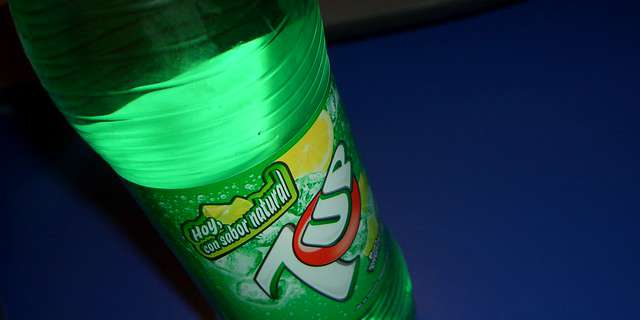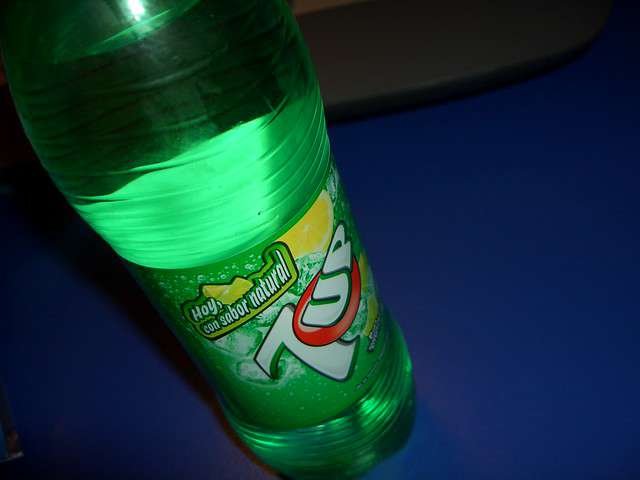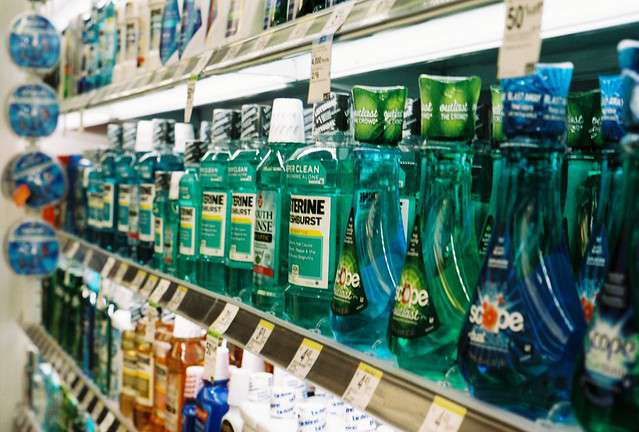
We’ve all walked into a store on a hot summer day looking for a cold and refreshing beverage. When I lived in Canada and would visit the US, I was always floored by the wide variety of soda flavors to choose from on the shelf. Ultimately, beverage color played a role in my final selection, but mostly it was the bottle color that really swung my vote. Bottle color is essential to the brands of established companies like Coca-Cola and Pepsi1 and for up and coming companies that want to establish themselves.

The characteristic green bottle of 7UP makes it easy to identify and suggests a certain flavor. Image Credit: Flickr User El Gran Dee (CC BY 2.0)



